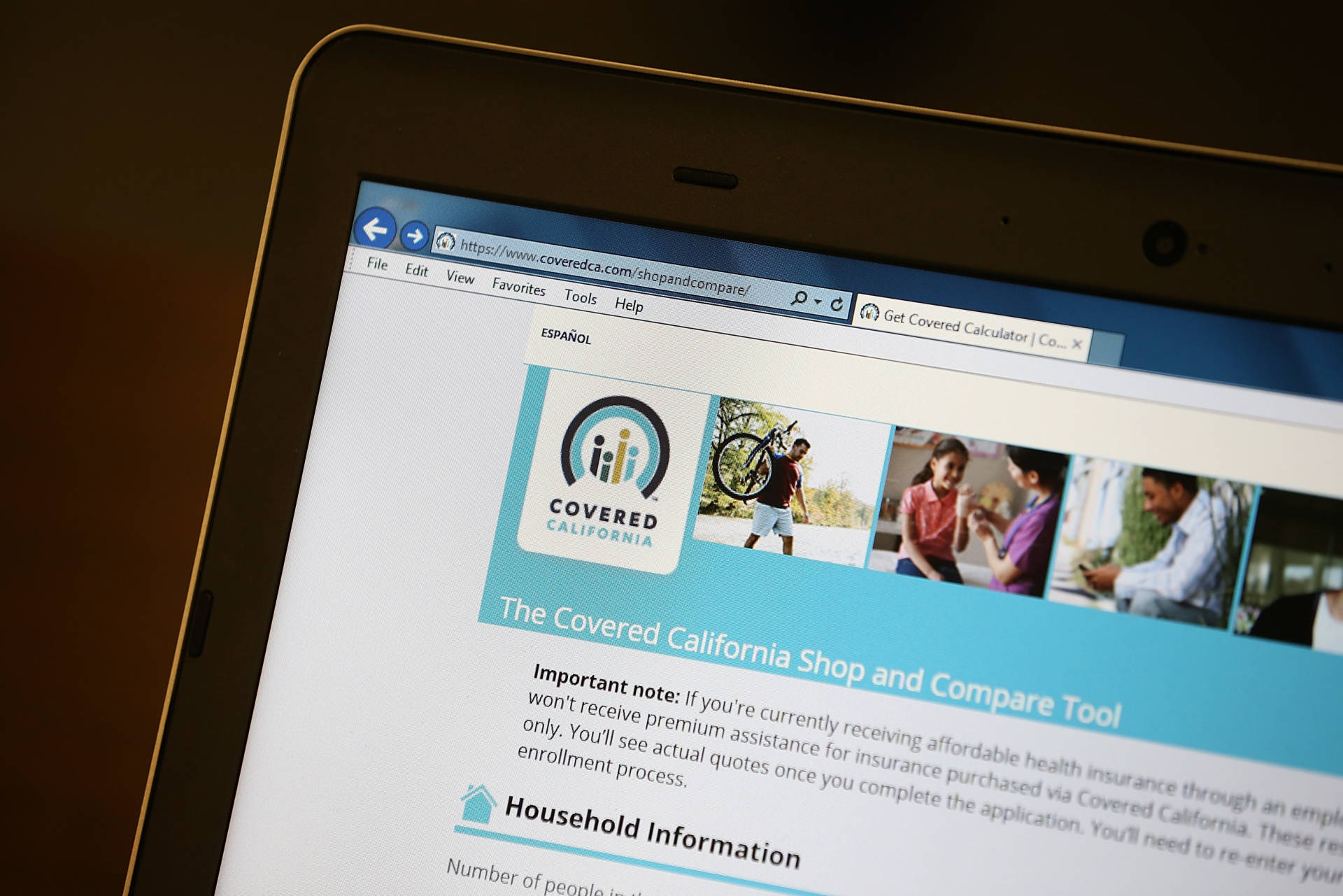Health care played a major role in the first year of President Trump's administration.
Last summer, Trump and congressional Republicans failed to repeal the Affordable Care Act, but a few months later, they were able to repeal the ACA's individual mandate as part of their tax bill, meaning that individuals will no longer face a penalty if they choose not to buy health insurance.
Since then, the Trump administration has also announced that it would again decrease the amount it spends on marketing to encourage people to sign up for insurance, and that it would not defend the ACA in a lawsuit arguing much of the health care law to be unconstitutional. (Instead, a group of Democrat attorneys general led by California's Xavier Becerra have stepped in to defend it.)
With that as the backdrop, individuals in California today will be able to start choosing their insurance plans for 2019 when the open enrollment period begins for Covered California, California's insurance marketplace set up under the ACA.
So what do all the changes coming from Washington mean for Californians looking for coverage through Covered California? Here's what you need to know.
1. You have three months to enroll
The Covered California open enrollment period starts on Oct. 15, 2018, and goes until Jan. 15, 2019. This is twice as long as the enrollment period for the federal exchange, which the Trump administration cut to just six weeks (Nov. 1-Dec. 15) in early 2017. Many states have also shortened their enrollment periods, but California's remains at three months.
2. The same insurers are still participating
Covered California includes plans from 11 different insurance providers, including large companies like Kaiser Permanente and Anthem Blue Cross, as well as smaller companies. These are the same 11 insurers that participated last year, and they offer plans at four different coverage levels: bronze, silver, gold and platinum.
3. Premiums have gone up
Average premiums for Covered California plans have gone up 8.7 percent from last year.
